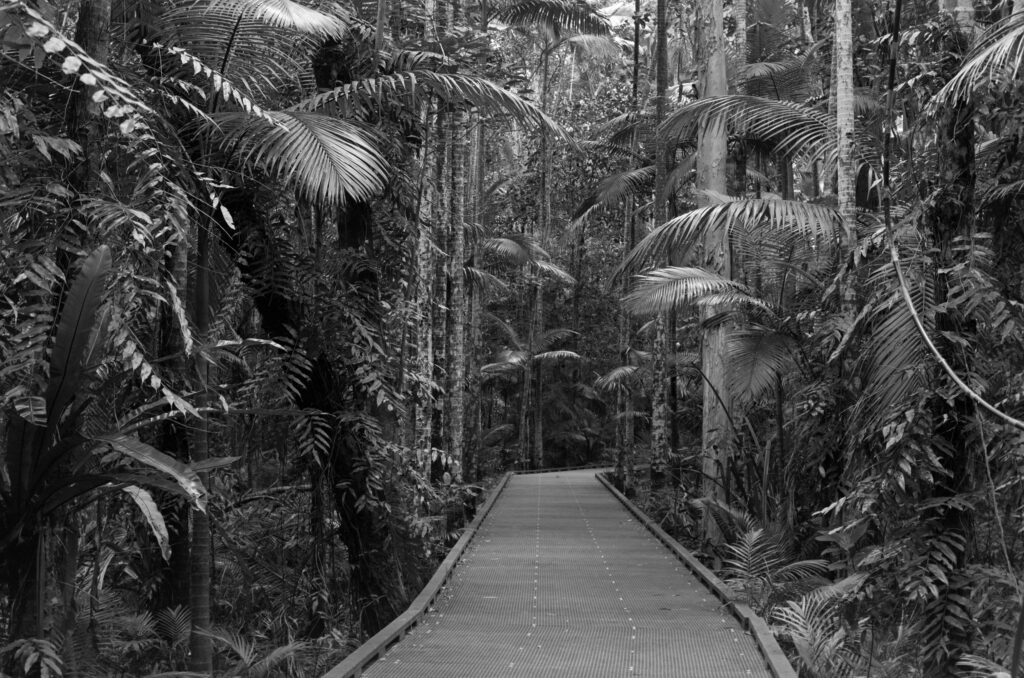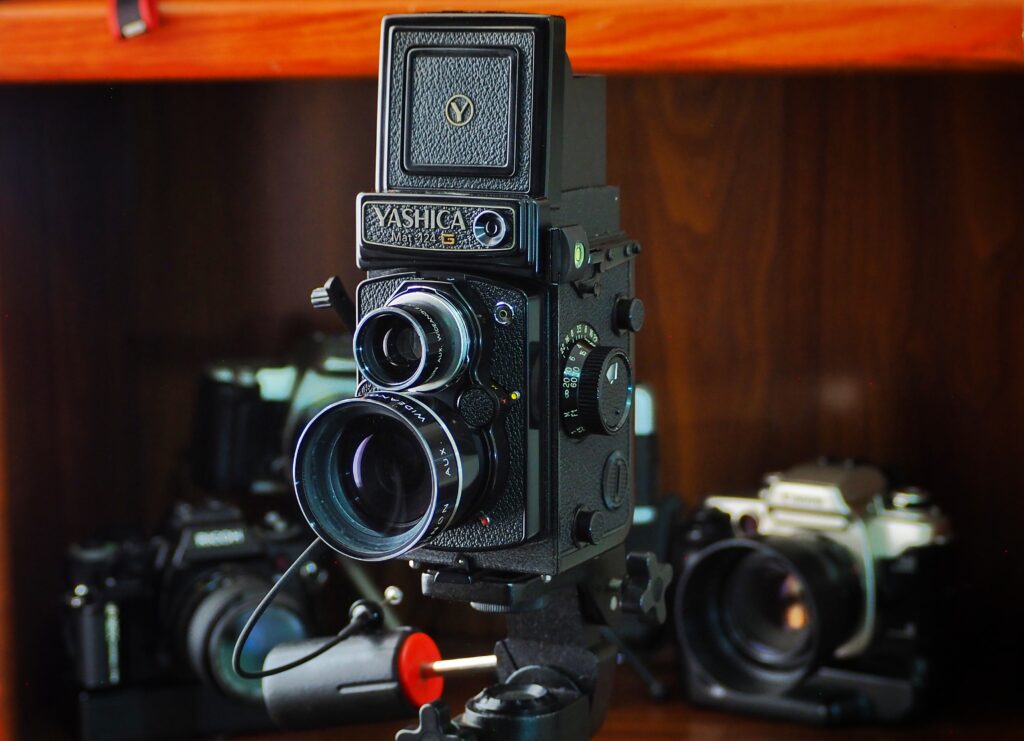My interest in photography began over 20 years ago with the purchase of my first camera, a digital point-and-shoot Canon G5. However, to be precise, there was another camera I got many years prior. For my 12th birthday in 1980, I received the Smena 8M, the most popular beginner’s camera in the old Soviet Union. The Smena was favored for its affordability and reasonably good image quality from its 40mm F4 lens. Lacking both a meter and rangefinder, users had to rely on the distance scale and weather pictograms, which didn’t make much sense to me at the time. I wasn’t interested in photography anyway and wanted a tape recorder. Consequently, I never took any photos with the Smena, which is why I refer to it as my “zero camera”.
Fast forward forty-something years. Having used many digital and film cameras, I consider myself an advanced amateur. One day, I wondered what I could do with a simple manual camera using all my photographic skills. The Smena 8M was perfect for such an experiment. Before ordering it from Ebay, I did what I always do before buying a new camera or lens – trawled Flickr for sample images. The more I saw, the less impressed I became. While there were some decent pictures, the image quality was meh. Not bad, just mediocre. Suddenly, I came across a series of good ones. The sharpness, clarity, bokeh, 3D-pop – everything was appealing. “This can’t be the Smena,” I thought and checked the description. The camera name was unfamiliar to me – the Sokol-2 Automat.
After quick reading, I found that this camera had very little in common with the Smena. Both were made by LOMO (the original LOMO, the Leningrad Optical and Mechanical Association) and were fixed lens non-reflex cameras, but that’s where the similarities ended. The Sokol was a totally different beast, or rather a bird. “Sokol” means “falcon” in Russian. As a side note, in Soviet political context, “falcon” had a positive connotation (“Stalin’s falcons” was a common name for the Soviet pilots during the Second World War), unlike “hawk” which was a synonym of aggressor (e.g. hawks of the Pentagon). But I digress…
Released in the late 1970s, the Sokol boasted impressive specs: a 50mm F2.8 Industar lens with a coupled rangefinder, parallax compensation, and shutter priority auto exposure. Aimed at professional photographers, it was priced at staggering 160 rubles, equivalent to a Soviet engineer’s monthly salary! In contrast, the modest Smena cost only 15 rubles. The Sokol never gained popularity; professionals avoided it due to poor reliability, and few amateurs could afford it. Nowadays, it’s affordable on eBay, and ordering it was a no-brainer.
To my disappointment, the camera arrived broken. The mirror had come loose inside, the framelines were misaligned, and the rangefinder was off. The seller promptly issued a full refund. I felt sorry for the guy, as the camera was most likely damaged during shipping. I trust Canada Post no more than I trust Ukroposhta. The camera was still usable, though. Ironically, it was usable just like the Smena – distance scale focusing, approximate framing, and manual exposure – exactly what I needed to close the gestalt!
There were no external damages, and I quite liked the solid feel of the camera, its brutalist design with all-Cyrillic lettering, and the smell akin to that of an old pistol. As I walked with the camera, I received a few compliments. However, shooting wasn’t a great experience. I’m not skilled at guessing distances by eye, and quite a few pictures turned out blurry and improperly framed, especially the close-ups. Shooting at long distances was much easier: “F8 and be there!”
Scanning revealed good results, like those I had seen on Flickr: tack sharp centre, even at F2.8, slight softness in the corners, and swirly bokeh – much like the Carl Zeiss Jena Tessar. Most likely, the optical design of the Industar was copied from that venerable German lens.





After seeing the photos, a friend commented: “These pictures look as if they were taken with a Leica! Where are funny distortions, light leaks and overlapped frames?” Honestly, I hate that godawful “Lomography” trend and am quite happy that my Sokol is a different kind of LOMO!
Share this post:









Comments
Geoff Chaplin on 5 Frames with the Sokol-2 Automat – Closing the Soviet Gestalt
Comment posted: 22/05/2025
Comment posted: 22/05/2025
Ibraar Hussain on 5 Frames with the Sokol-2 Automat – Closing the Soviet Gestalt
Comment posted: 22/05/2025
Such an interesting essay and the bits of history! Thanks!
And coupled with some fine fine photographs!
I find scale focus to be quite easy - I have a Balda CA 35 and a Zeiss Ikon Contessa s310 and along with a Contax T (on loan) with which I don't use the RF but strictly Zone focus. Works well if I assess distance using paces - usually as you do set at f8 and the distance at 10ft 3m - and for closeups just the distance from the tip of my nose to tip of outstretched finger
Comment posted: 22/05/2025
Comment posted: 22/05/2025
Gary Smith on 5 Frames with the Sokol-2 Automat – Closing the Soviet Gestalt
Comment posted: 22/05/2025
Great shots Alex!!
Comment posted: 22/05/2025
Michael Jardine on 5 Frames with the Sokol-2 Automat – Closing the Soviet Gestalt
Comment posted: 22/05/2025
More power to your shutter finger, and enjoy your Tim's double-double there, eh.
Comment posted: 22/05/2025
Martin on 5 Frames with the Sokol-2 Automat – Closing the Soviet Gestalt
Comment posted: 23/05/2025
Great read, thanks!
Comment posted: 23/05/2025
Jeffery Luhn on 5 Frames with the Sokol-2 Automat – Closing the Soviet Gestalt
Comment posted: 23/05/2025
The results are impressive! I enjoyed reading your story. I love the swirly bokeh. I had a Yashica TLR with a Triotar 3 element lens that had that look. It's really beautiful.
I'm a bit of a fan of Russian cameras, in spite of their quirky challenges. 35mm Zorki and 6x9 Mockva have yielded great photos, but they take extra attention because some of the controls are in weird locations and can be very sticky due to age and corrosion.
I always wondered why Russian engineers would have the ability to make exact copies of Zeiss and Leica cameras, but decide to change things. Imagine a Zeiss Ikon disassembled on an autopsy table with five guys in white coats and magnifying glasses examining the body parts and discussing why this or that component should be changed. Why, why, why? Any ideas?
Anyway, there are a lot of solid Soviet era cameras out there built like tanks that feel great to use. I'd like to read about any more adventures you have with them and get some recommendations.
Jeffery
Comment posted: 23/05/2025
Angkan on 5 Frames with the Sokol-2 Automat – Closing the Soviet Gestalt
Comment posted: 27/07/2025